Having a safety culture is good business. Not only will it save your employees by keeping them out of harm’s way, but it will also save you money in insurance costs. Safety culture is a crucial all-around part of your business. There are four different types of cultures and understanding what type of culture you currently have will allow you to take steps to improve your safety. If you want to save money on insurance, building a stronger, sustainable safety culture is the best place to start.
Why Safety Culture Matters
The safety culture that exists within your business is a reflection of the mindset, practices, policies, and behaviors that can be found at every level within the company. Your safety culture directly impacts the following:
- Employee satisfaction and retention
- The number and severity of accidents and claims
- The total cost of insuring your company

It Pays to be Safe!
Building a strong, sustainable safety culture can save costs throughout your organization. OSHA reports that for every dollar spent on safety-related programs a company can expect to see a return of $4-$6. Employees become more committed and want to stay when they feel valued and safe. Keeping claims at zero, or as low as possible, will help keep your Experience Modification Factor (or eMod) low, directly affecting your insurance premiums. Additionally, proving to insurance companies that your business is engaging in safe practices above and beyond what is required will allow you to gain access to discounts and credits only available to companies who represent the lowest risk. Focusing on imprioving your safety culture really does pay.
The 4 Types of Safety Cultures

There are four types of safety cultures. Understanding them will help you be able to identify what kind of culture your business currently has and where to start, should you be in need of change.
- Reactive. In a reactive culture, there is little to no management support and employees are expected to just use common sense to stay safe. Problems are addressed only after an incident has happened.
- Compliant. The second type is a compliant culture. This company strives to meet minimum legal requirements for safety. Employees are negatively motivated by penalties and are driven by fear. Leadership is supportive in word only, but does little or nothing to encourage safety company-wide. This is the most common type of safety culture.
- Active. Here, management is committed and safety is actively taught and reinforced. Employees are held to a standard beyond compliance.
- Sustainable. Lastly, there is a sustainable safety culture. In this type of culture, management is passionate about safety and is actively involved in promoting safety through personal example. Employees feel valued and empowered. They are rewarded for reporting possible unsafe situations and actively look out for one another.
As you reflect on your organization you likely will have a sense for what type of culture exists there. You can take a simple 5-minute survey to easily determine what type of culture you have. Visit www.LeBaronCarroll.com to request your no-cost, no-obligation survey.
Making A Change
Once you have determined what type of culture you have you can begin to make needed changes. This must start with leadership who are willing to prioritize safety. Next steps might include forming a safety committee that meets regularly to do the work that will be required, conducting a safety audit, and putting in place a written safety program that becomes the defacto manual for operations. This should include critical policies such as:
- Fleet or Auto Safety
- Hazardous Communication
- Drug & Alcohol
- New Employee Onboarding
- Return-to-Work
There are many other items that should be considered when building your safety program. This is just a start. If you need help, reach out, our safety & risk advisors are able to help. Safety is something that can always be improved upon, so there is no limit to how much you can save if you put your mind and resources into developing it.
The goal for you should be to move toward having a sustainable safety culture. You will incur costs working towards this goal, however, they are minimal in comparison to the amount you will save in the long run. Your long-term costs associated with claims and losses will decrease dramatically. Not only will this culture save you money but it will also create a better and happier workplace for your employees. They will feel empowered and valued. Safety isn’t just a requirement your business needs to fulfill, it should be part of your business’s identity. When it is central to your business, safety will become second nature within your organization. That means saving money will become second nature too! Every business owner wants to lower costs. Improving your safety culture is one of the most impactful ways to lower costs now and in the future. If you need help or struggle to get started, we are here to help.
